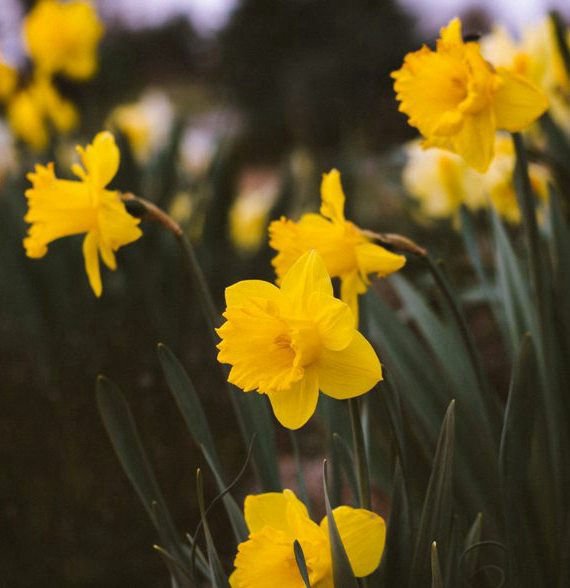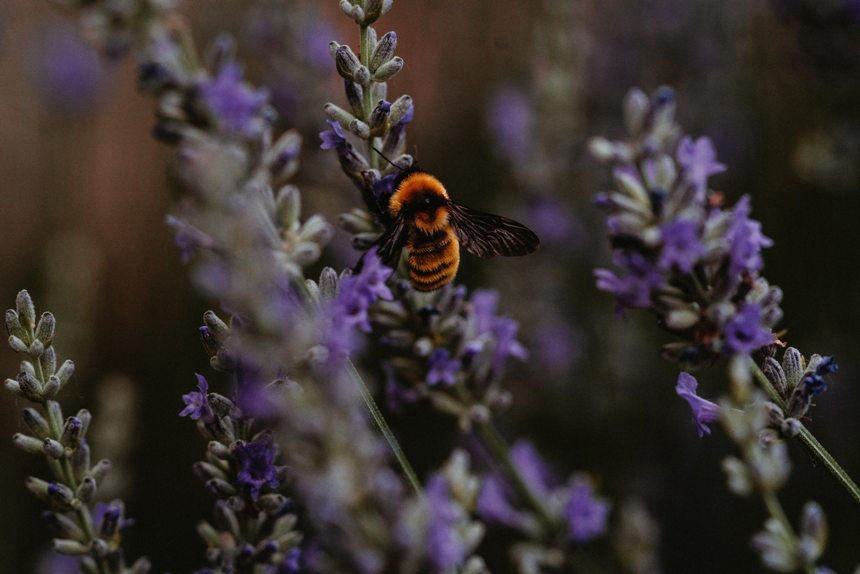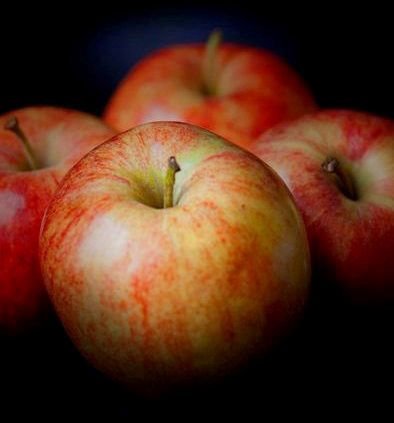August
1st: Lammas (also known as Lughnasadh), one of the four major sabbats celebrated each year by Witches and other Pagans, is observed on this day. The traditional herbs associated with this sabbat include: acacia flowers, aloes, cornstalks, cyclamen, fenugreek, frankincense, heather, hollyhock, myrtle, oak, sunflower, and wheat. As a thanksgiving offering to the Goddess, many Wiccans bake a loaf of corn bread and lay it upon their altar.
4th: The Celtic tree month of Holly (Tinne) ends.
5th: The Celtic tree month of Hazel (Coll) begins.
7th: Gaia Consciousness Day honors Mother Earth in ceremonies of healing and renewal. On this day many Pagans throughout the world meditate upon the Earth as a living entity.
13th: Sleeping with 13 leaves from an ash tree beneath your pillow this night is said to induce dreams of a prophetic nature.
19th: The ancient Romans celebrated the Rustic Vinalia festival each year on this day to celebrate the grape harvest and to honor Venus in her aspect as a goddess of the grape vine.
20th: On this day in the year 1937, the U.S. House of Representatives approved the “Marihuana Tax Act” after engaging in only 90 seconds of debate.
23rd: Vertumnus, the ancient Roman god responsible for changing the seasons and transforming flowers into fruits, was honored on this day by an annual festival known as the Vertumnalia.
25th: Ops, the ancient Roman goddess who presided over sowing and reaping, was honored on this day by an annual festival known as the Opiconsivia.
27th: Legend holds that every year on this day, the anniversary of Saint John the Baptist’s death by beheading, red spots mysteriously appear on the leaves of the Saint John’s wort plant to symbolize the saint’s spilled blood.
<<TOP>>













